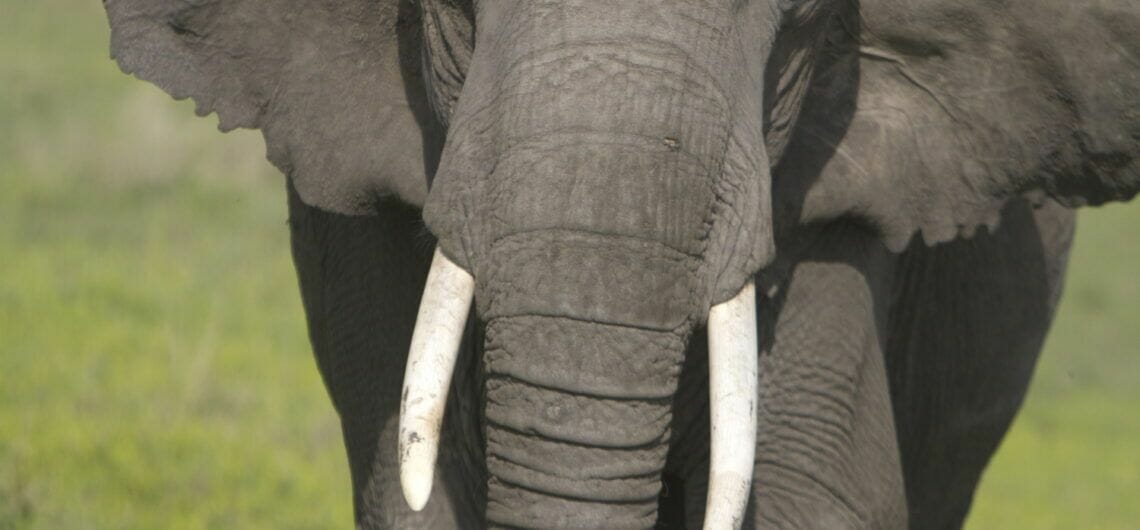
Tarangire National Park is 2,850 square kilometres large and was established in 1970. It is in the northern part of Tanzania in the Manyara region about 118 km from Arusha. It is the sixth largest national park in the country.
Tarangire National Park is unique for its annual wildebeest migrations and thousands of animals such as elephants, giraffes, impalas, and zebras. Others that participate in the migration are dwarf mongoose, ostriches, lions, leopards, even wild dogs can be spotted during this massive walk. Its 550 species of birds, the greater and lesser Kudus as well as oryx are also another wonder.
Dotted by baobab trees, a crested landscape makes it scenically one of the most beautiful national parks in Tanzania. During the months of June and September, the park witnesses a small migration to Tarangire river during which thousands of wildebeests and zebras head to the park for better grazing grounds and water. Tarangire River is the only permanent water source in the park. It has been claimed that about 2,000 elephants reside in the park during these months with some coming from as far as Amboseli National Park in Kenya.
Species diversity:
Tarangire National Park has an incredible diversity of both landscapes and vegetation plus fauna. Its ecosystem and biodiversity are defined by the long-distance migration of animals. Animals converge in Tarangire National Park from the surrounding areas in search for water along Tarangire river, the only permanent water source in the area during the dry season.
Its biodiversity is one of the best in Tanzania with large numbers of elephants, baobabs and tree climbing lions. The topography of the hills covered with baobabs, anthills and the Tarangire river valley attract many animals migrating in the dry season acting as habitat for the many species. Some of the species such as Gerenuk and Lesser kudu cannot be found in any other park in Tanzania. Other animals in Tarangire National Park include: antelopes, elephants, buffalos, lions, wild dogs, waterbucks, giraffes, dik dik, impalas, elands, Grant’s gazelles, vervet monkeys, banded mongoose, olive baboons ,leopards, cheetahs, caracals, honey badgers, and the African wild dogs.
In Tarangire, the migration is at its climax during the dry season in the months of June-November since most animals migrate from Lake Manyara National Park to Tarangire in search of water from the only water source in the national park at the time.
Size and accessibility:
Tarangire National Park covers 2,850 square kilometres with diversity of landscapes and vegetation.
By car:
Driving from Arusha it takes about 2-3 hours. To connect from Serengeti/Ngorongoro the drive will take between 4-5 hours.
By air:
There is an airstrip (Kuro airstrip) in the park that can be accessed from most of the airports in Tanzania.
Activities:
Day and night game drives
Hot air balloon
Walking and cultural safaris
Birdwatching
Contact Us
We respond to all inquiries within 2 business days.
"*" indicates required fields